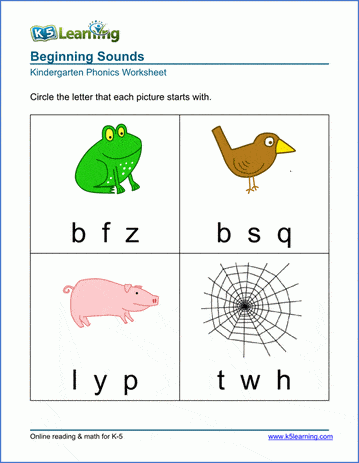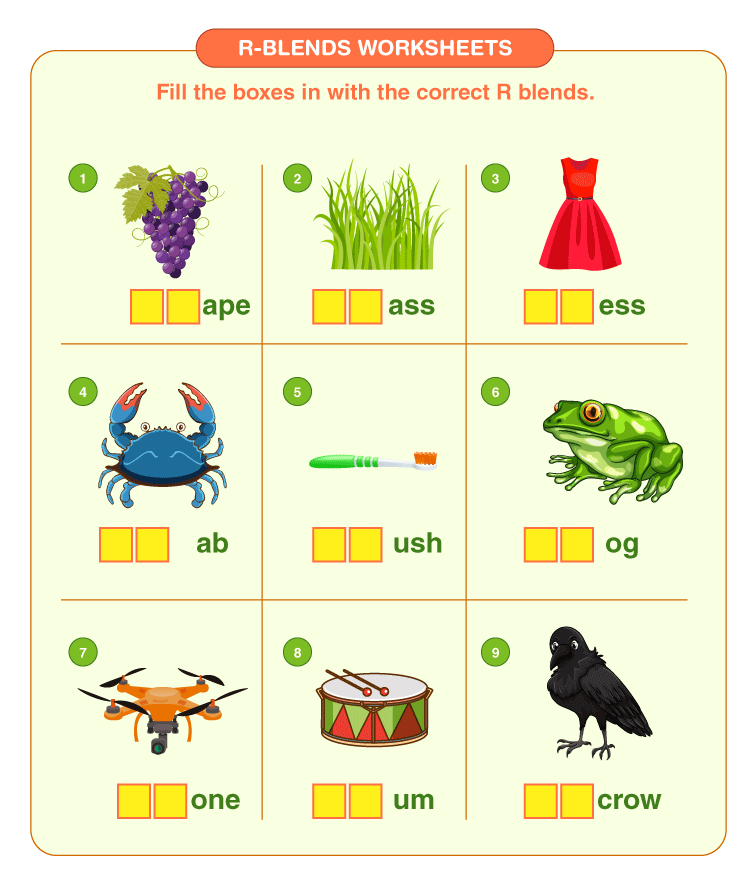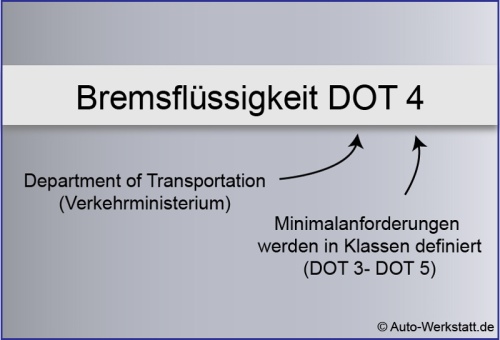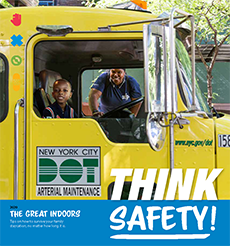Kindergarten phonics
Table of Contents
Table of Contents
Learning Phonics for Kindergarten
Learning phonics is an essential foundation for kindergartners when it comes to reading, speaking, and spelling. It involves teaching children the sounds that letters or combinations of letters make, which enables them to decode words, identify rhyming words, and learn syllable breakdown. Phonics also plays a significant role in building a child’s vocabulary.
Despite its importance, learning phonics can be challenging for some children. It can take a while for children to understand that each letter is not just a random mark on a page but is a symbol that represents a sound. Children can struggle with blending sounds together to form words, while others may have trouble with letter recognition.
The goal of learning phonics is to get kindergartners to start reading through decoding words. With phonics, children can independently read books of their interest, learn new words, and increase fluency over time. Focusing on phonics during kindergarten years can help to create a strong foundation for more advanced reading later on.
This article aims to provide you with a better understanding of learning phonics for kindergarten and how it can help your child become a better reader.
The Importance of Learning Phonics for Kindergarten
Learning phonics is essential for kindergartners as it lays the groundwork for reading, writing, and spelling. It helps children decipher words by breaking them down into individual sounds, making it easier for them to recognize words both in print and in conversation. Phonics encourages children to sound out words and improve their overall literacy skills.
As a parent, I believe that children who have a strong foundation in phonics are more confident in themselves and their ability to read. They are more likely to attempt to read a book on their own and use the skills they learned in the classroom. By using phonics to read, children can decode unfamiliar words and gradually increase their vocabulary.
To assist in kindergarten phonics, there are numerous worksheets, activities, and assessments that parents can find online. It’s essential to make learning phonics fun and exciting, so children stay engaged and practice regularly.
Fun Phonics Games for Children to Learn
 To make learning phonics fun for kindergartners, parents and teachers can include interactive games that incorporate puzzles, rhymes, and songs. These games help to reinforce the keywords learned in class while keeping children entertained.
To make learning phonics fun for kindergartners, parents and teachers can include interactive games that incorporate puzzles, rhymes, and songs. These games help to reinforce the keywords learned in class while keeping children entertained.
Phonics Assessment to Track Your Child’s Progress
 Children learn phonics at their own pace. Parents can track their child’s progress by conducting a phonics assessment periodically. This assessment may include testing on letter recognition, sounds, and reading ability. It will help identify areas of strength and determine where the child needs additional support.
Children learn phonics at their own pace. Parents can track their child’s progress by conducting a phonics assessment periodically. This assessment may include testing on letter recognition, sounds, and reading ability. It will help identify areas of strength and determine where the child needs additional support.
Question and Answer about Learning Phonics for Kindergarten
Q: At what age should I start teaching my child phonics?
A: It’s recommended to start introducing phonics to children as early as three years of age. It can be done through singing songs, playing games or reading books that emphasize letter sounds.
Q: Are there any apps that can help children learn phonics?
A: Yes, there are many interactive phonics apps that can make learning phonics fun for children. Some popular apps include Reading Eggs, Starfall, and Phonics Hero.
Q: What is the best way to teach phonics to children?
A: The best way to teach phonics to children is to break down the word into individual sounds and then sound out the word together. Repetition is key, and using fun and interactive games will help to reinforce the concepts learned.
Q: How long does it take for a child to learn phonics?
A: Learning phonics is a gradual process, and each child learns at their own pace. Typically, kindergartners spend the entire year focused on phonics, and by the end of the year, the majority of children know most of the sounds.
Conclusion of Learning Phonics for Kindergarten
Learning phonics is an essential foundation for kindergartners when it comes to reading, speaking, and spelling. It involves teaching children the sounds that letters or combinations of letters make, which enables them to decode words, identify rhyming words, and learn syllable breakdown. Phonics plays a significant role in building a child’s vocabulary and creating a strong foundation for more advanced reading later on. By incorporating games, assessments, and worksheets, parents can make learning phonics fun and exciting for kindergartners, which will encourage more frequent and engaged practice.
Gallery
Kindergarten Phonics - Best Coloring Pages For Kids

Photo Credit by: bing.com / phonics kindergarten circle coloring pages
Free Preschool & Kindergarten Phonics Worksheets - Printable | K5 Learning

Photo Credit by: bing.com / phonics worksheets kindergarten worksheet sounds beginning preschool printable kids pdf class sound circle letter preschoolers activities learning letters kg words
Kindergarten Phonics Activities | Phonics Activities, Kindergarten

Photo Credit by: bing.com /
Kindergarten Phonics Assessment Online – Learning How To Read

Photo Credit by: bing.com / decoding worksheets phonics cvc maths clues 99worksheets
Kindergarten Beginning Sound Worksheets Can Sound Worksheet

Photo Credit by: bing.com / worksheets phonics






